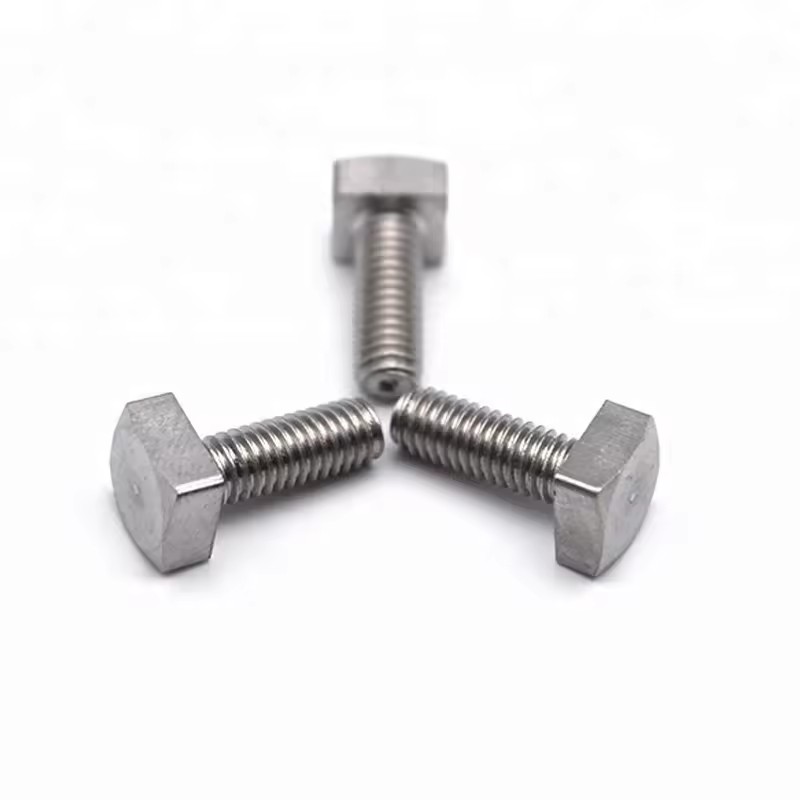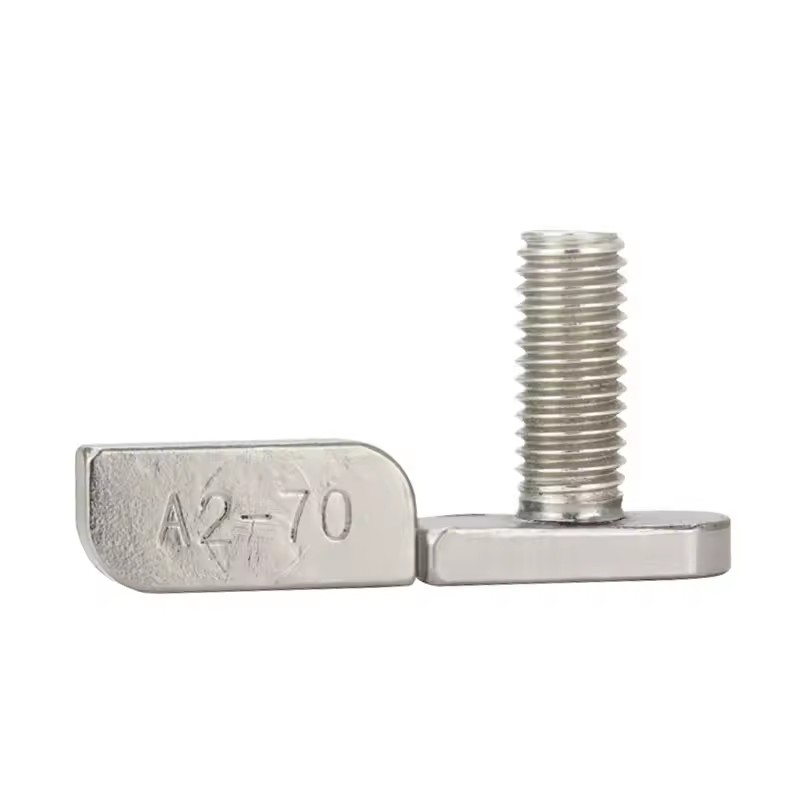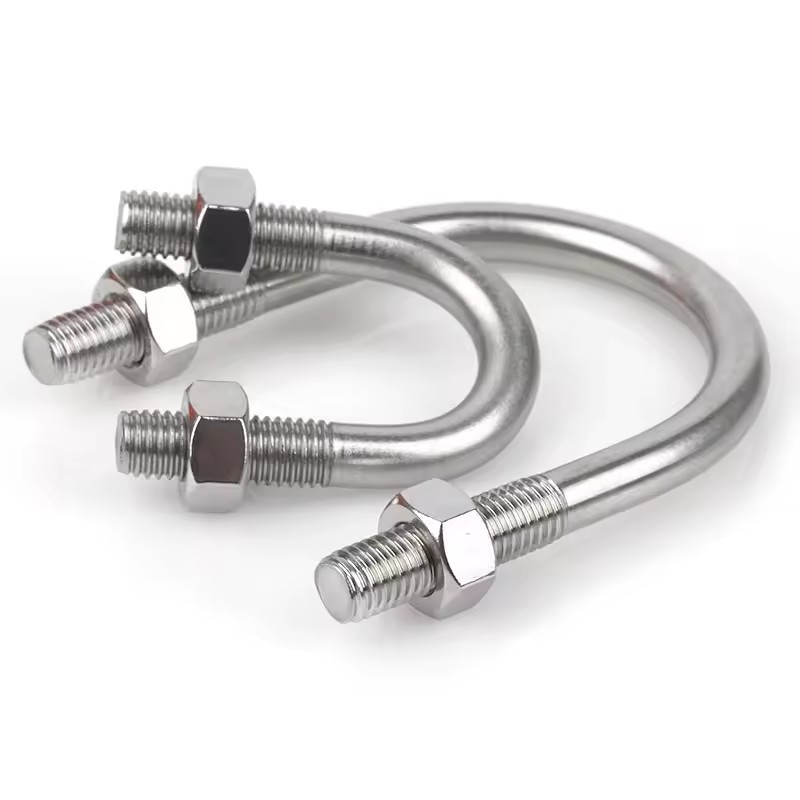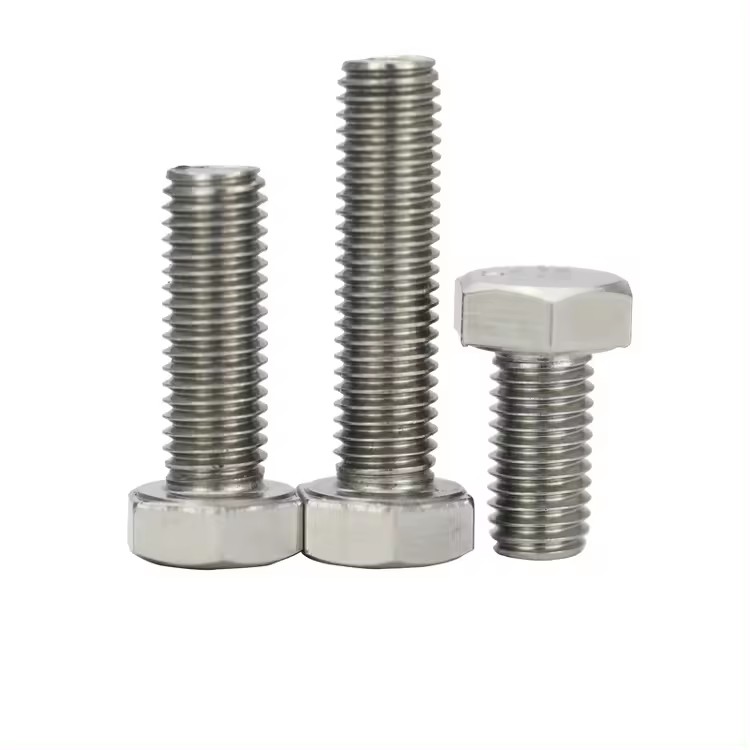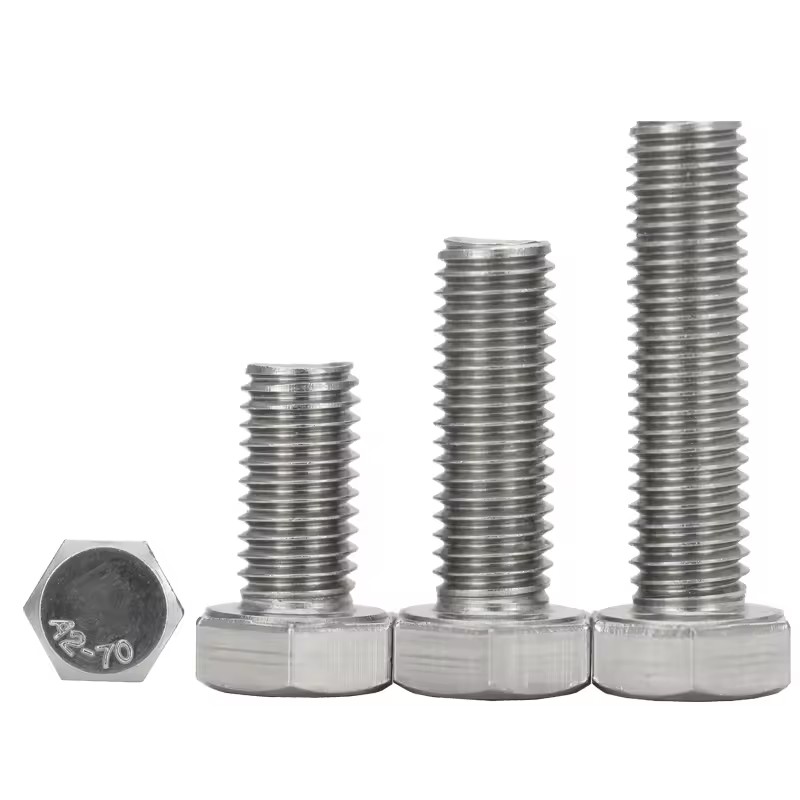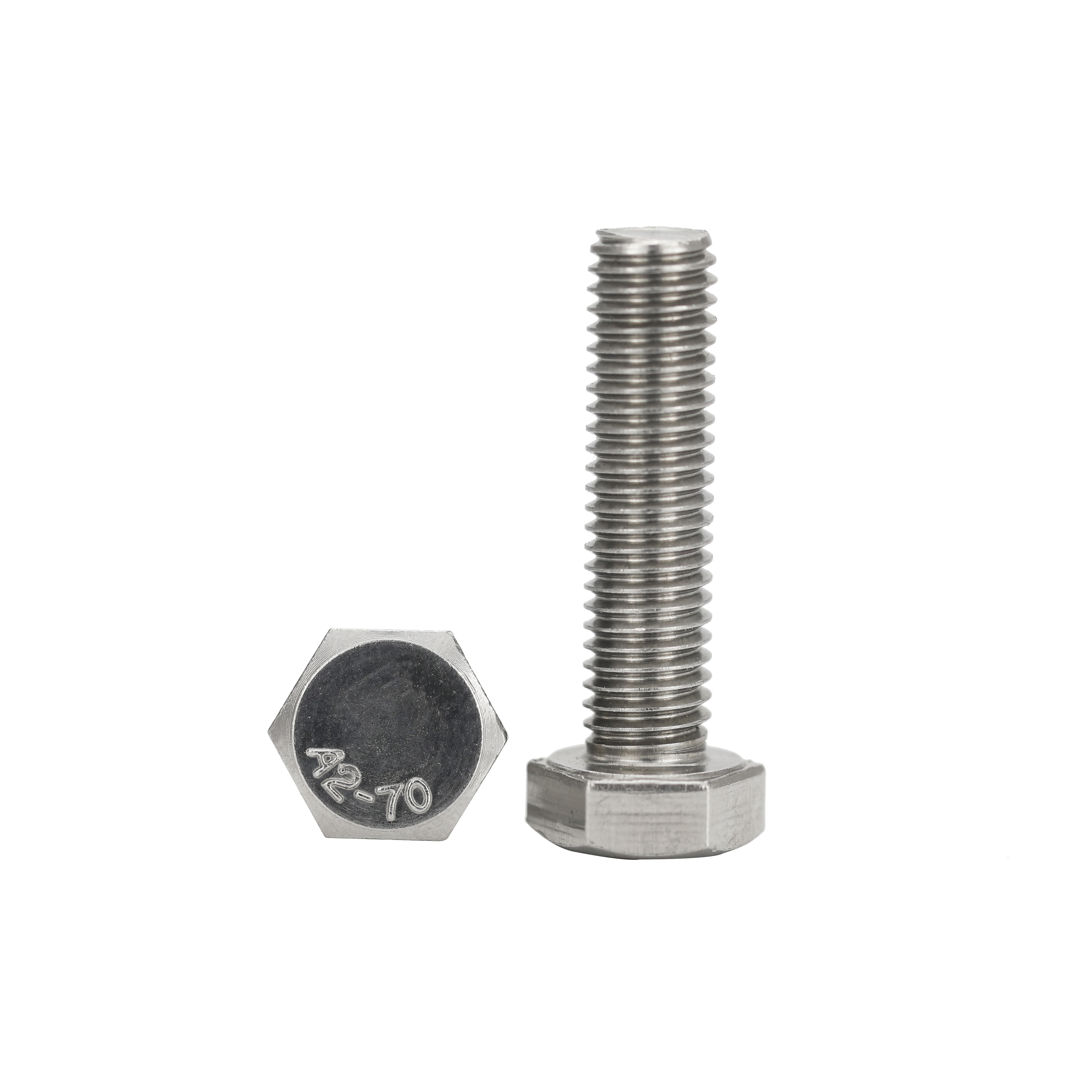The method of maintaining stainless steel bolt can greatly affect their service life and performance. Different maintenance strategies are required in different environments and application scenarios. The following are detailed maintenance recommendations:
Regular cleaning:
Regular cleaning of stainless steel bolts is the basis of maintenance. You can use a mild detergent (such as soapy water or neutral detergent) and a soft cloth to wipe the surface of the bolt to remove dirt and dust on the surface. Especially in industrial environments or marine environments, pollutants and salt in the air may cause corrosion on the surface of the bolt.
Prevent chemical contamination:
Do not use chlorine-containing cleaners or chemicals, because chlorides can damage the surface passivation layer of stainless steel, thereby increasing its corrosion risk. Cleaning products specifically designed for stainless steel should be selected.
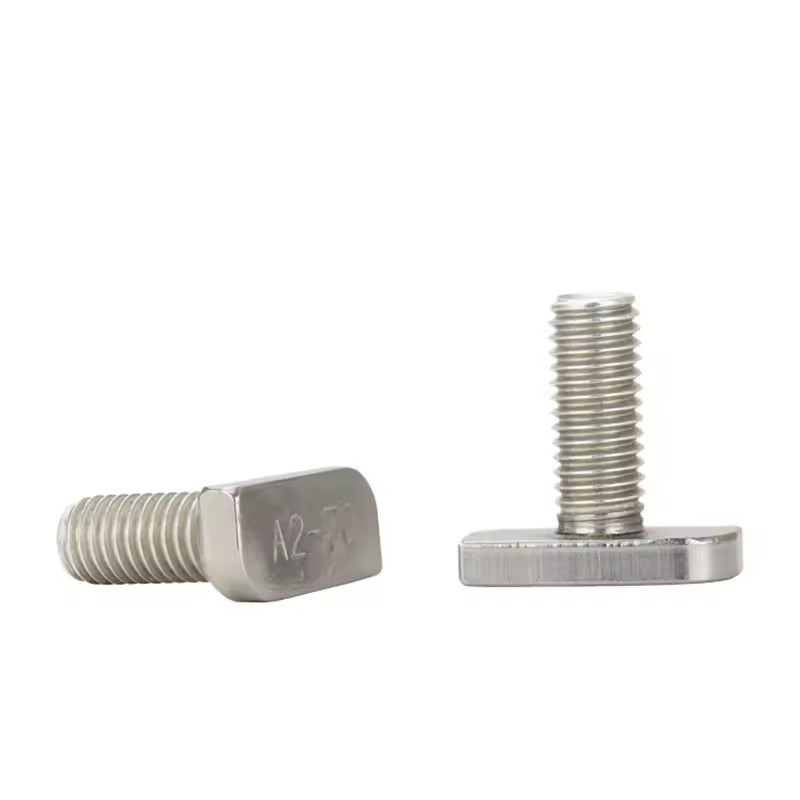
Avoid mixing different metals:
Stainless steel bolts should not be in direct contact with other metals (such as iron or copper), as this may trigger electrochemical corrosion. If parts of different metals need to be connected, they should be isolated with insulating gaskets or anti-corrosion materials.
Regular inspection and tightening:
Check the tightening status of the bolts regularly, especially in situations where they are subjected to vibration or load. Loose bolts not only affect the stability of the structure, but may also cause additional stress and wear. Re-tighten the bolts with an appropriate torque tool when necessary.
Use anti-corrosion lubricants:
Where necessary, you can choose an anti-corrosion lubricant suitable for stainless steel and apply it to the contact surfaces of the bolts and nuts. This will not only help prevent corrosion, but also reduce friction and improve the ease of use and life of the fasteners.
Regularly check the surface condition:
Regularly check the surface of stainless steel bolts for any signs of corrosion, scratches or wear. For any problems found, take timely measures to repair or replace the damaged parts to prevent further corrosion and damage.




